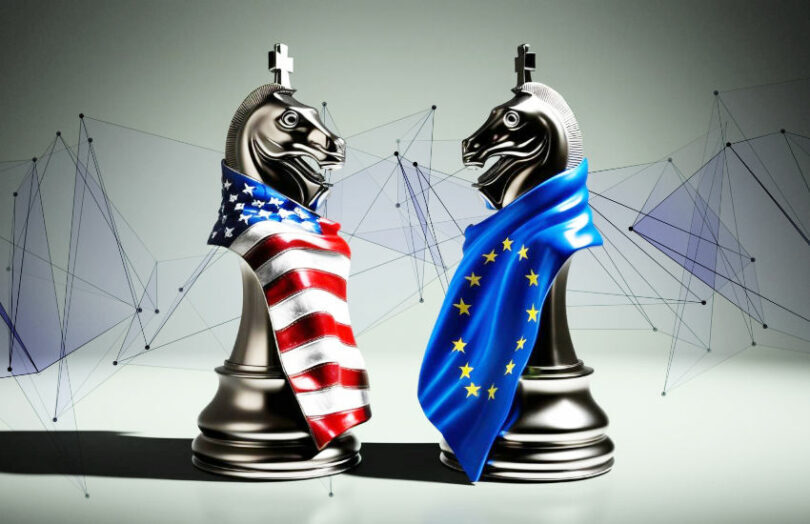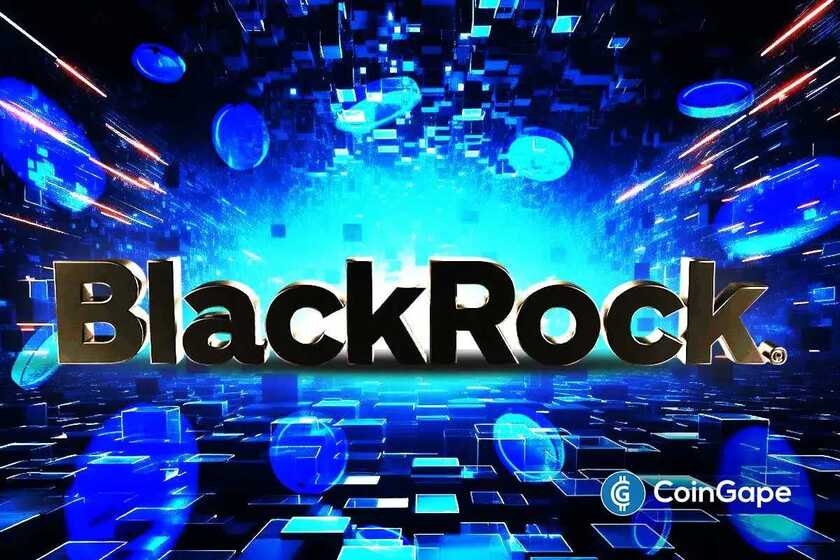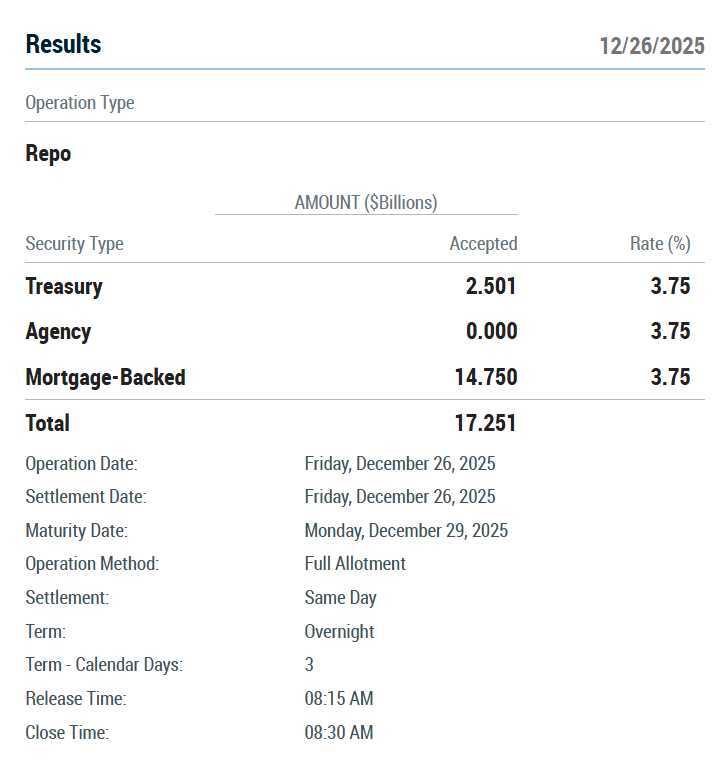This opinion piece on digital asset regulation is from Max Heinzle, CEO of 21X, the EU regulated digital asset exchange
The US is sending a powerful signal to the world: digital assets are here to stay. This growing enthusiasm, spearheaded by the new administration, is certainly a welcome development. However, as we celebrate this embrace of innovation, I believe we must also recognize the crucial role of regulation in safeguarding investors and ensuring the long-term health of this growing industry.
The winds of change are blowing through Washington. With it comes a wave of crypto zeal, spearheaded by nominating Paul Atkins at the SEC and appointing David Sacks as the White House Crypto Czar. An executive order signalling support for the industry by the new US president, Donald Trump – now a true advocate of the opportunities afforded by crypto – further cements the impression that the US is set to embrace it with open arms. At the same time, all the signs are there that as the US embraces crypto, it will also shift towards a more relaxed regulatory environment.
It is important to remember that while cryptocurrencies dominate mainstream media headlines and dinner party conversations, they actually represent just one piece of the rapidly expanding digital asset universe. The true revolution lies in the tokenization of traditional assets like stocks, bonds, real estate, and even intellectual property. This represents a paradigm shift in finance, with the potential to unlock trillions of dollars in value and democratize access to investment opportunities. Even Larry Fink, CEO of Blackrock, the world’s largest asset manager, recognizes this potential, stating that tokenization could “democratize investing in ways we can’t imagine.”
So, while the transformative potential of crypto and – more importantly – digital assets, is established, its full potential can only be realized within a secure and regulated environment. Institutional investors – the key to unlocking this future – require confidence and clarity. They need assurance that their investments are protected and that the market operates with integrity. This is where Europe’s regulatory framework, spearheaded by the European Securities and Markets Authority (ESMA), shines.
ESMA has been instrumental in developing a robust regulatory framework for digital assets, including the groundbreaking Distributed Ledger Technology Pilot Regime (DLT Pilot Regime). This regime allows for the testing and development of DLT-based market infrastructures within a controlled environment, fostering innovation while ensuring compliance with existing financial regulations. 21X has worked tirelessly to meet the stringent requirements of the DLT Pilot Regime, and in doing so become the first company to receive a license from the EU to operate a fully regulated digital asset exchange. When we launch our 21X exchange in the spring, this landmark achievement will demonstrate the effectiveness of a regulatory approach that fosters innovation while ensuring investor protection and market integrity.
The further EU regulations of MiCA (Markets in Crypto-Assets), which build upon the foundation laid by the DLT Pilot Regime, provide a comprehensive framework for the entire digital asset ecosystem, not just cryptocurrencies. By establishing clear rules for issuance, trading, and custody of digital assets, MiCA fosters trust and transparency, attracting institutional capital and paving the way for mass adoption. This aligns with Fink’s call for the SEC to “rapidly approve the tokenization of bonds and stocks,” recognizing the need for regulatory clarity to propel this innovation forward.
Regulation is crucial for addressing any perceived systemic risks associated with digital assets. The interconnectedness of the digital assets market with traditional finance is growing rapidly. Unregulated markets could potentially pose a threat to financial stability. Europe’s proactive approach to regulation mitigates these risks by promoting responsible innovation and ensuring that crypto activities are subject to appropriate oversight.
Of course, finding the right balance is critical. Overly burdensome regulation could indeed stifle innovation and drive businesses away. However, the European approach is not about stifling growth; it’s about creating a sustainable ecosystem. By providing clear rules and guidelines, regulators are giving businesses the confidence to invest and innovate, knowing they are operating within a clear legal framework.
The argument that a “light touch” approach will attract more investment is shortsighted. While it may lead to a temporary surge in speculative activity, it ultimately undermines the long-term health of the industry. A lack of regulation breeds uncertainty and risk, which will deter institutional investors and hinder the wider adoption of digital assets.
The recent licensing of 21X is testament to the viability of this approach. It demonstrates that regulation and innovation can co-exist, and that compliance can be a competitive advantage. By embracing regulation, Europe is positioning itself as a global leader in the digital asset space, attracting responsible players and fostering a sustainable ecosystem for the future.
While the US may be embracing crypto with enthusiasm, Europe’s focus on comprehensive regulation, led by ESMA, is the more prudent and farsighted approach. By establishing a clear and secure framework for the entire digital asset ecosystem, Europe is not only protecting investors but also laying the groundwork for a future where tokenized assets revolutionize the world of finance. This commitment to responsible innovation, echoing the sentiments of industry leaders like Larry Fink, will ultimately drive greater adoption and unlock vast economic potential.
The US is showing signs that it may be charting its own course, Meanwhile, Europe’s commitment to a regulated digital assets and crypto market is the right path forward. Regulation is not the enemy of innovation; it is the foundation for sustainable growth and mainstream adoption.





























